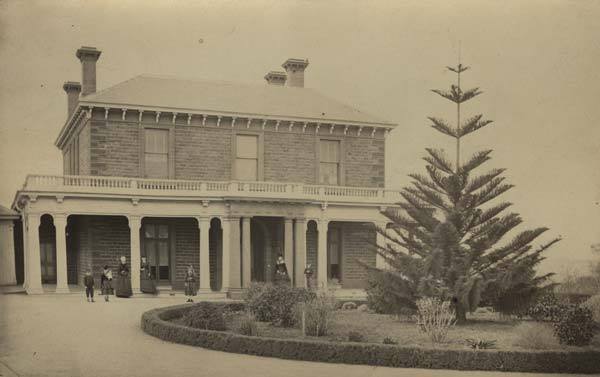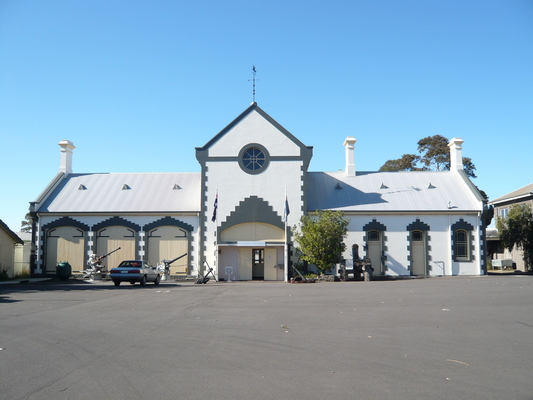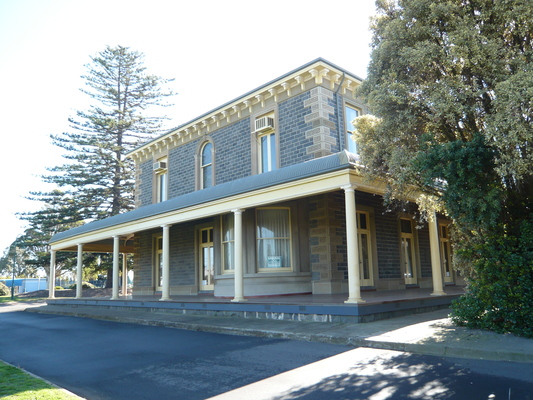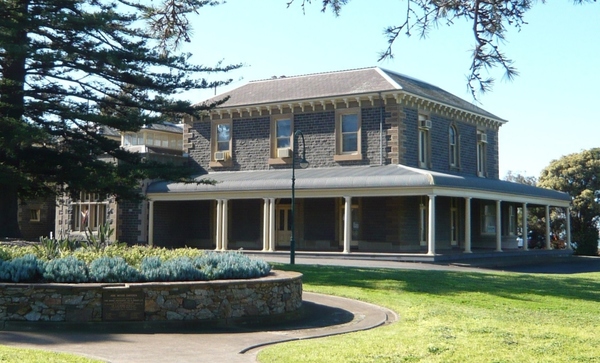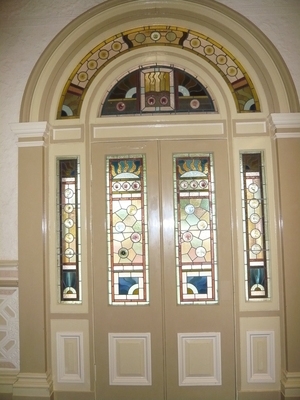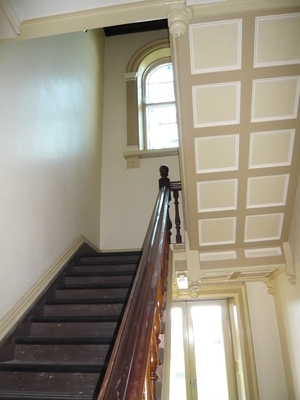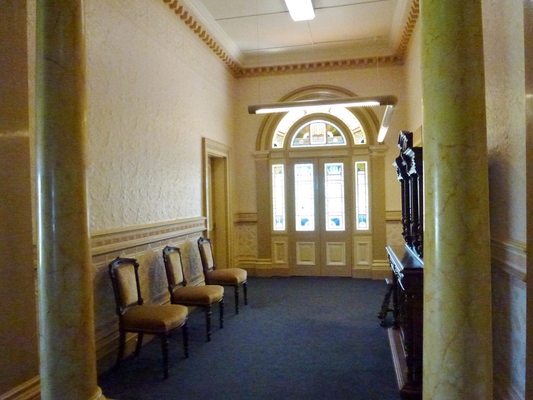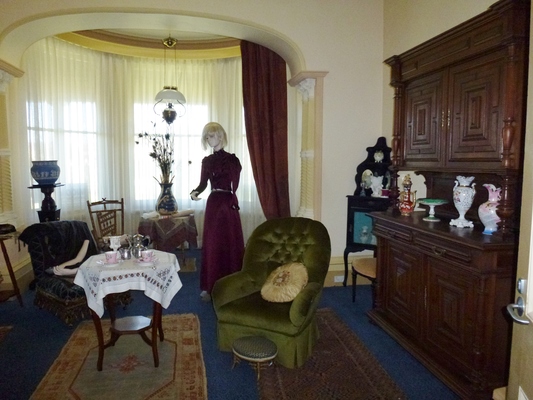Osborne House has fascinated Cheryl Scott ever since she first met with like-minded residents in property’s stable in 1995 to protect its history.
With the mansion in indefinite lockdown 22 years later, due to mould, and its future in doubt, Cheryl dives into the past of her favourite Geelong icon.
Few properties in Australia have a history that compares to Osborne House.
This iconic, heritage-listed property on the cliffs above Corio Bay has a past which Geelong can be justifiably proud of.
Pastoralist Robert Muirhead commissioned the house in 1858, naming it for the summer residence of Queen Victoria, according to family folklore.
But after only four years, Robert fell from his horse and died. His wife Mary died a year later after reportedly ingesting poison.
Exhumation and a Coroner’s inquest later confirmed the original death certificate of “congestion of the brain”.
They are buried together at Eastern Cemetery.
Several wealthy pastoralists bought or leased the property over the next four decades.
John Lang Currie, who later became a State MP, resided there between1865-73 and eminent merino sheep breeder and arts patron Philip Russell lived there from 1888 to 1900.
Phillip added a large bluestone extension, bred polo ponies and established the Non-Descripts cricket club.
In 1900 the State Government purchased Osborne House for use as Governor Sir Reginald Talbot’s summer residence but he declined to visit and it remained empty.
When the Geelong Harbour Trust formed in 1905, they purchased Osborne House from the State intending to lease it to raise money.
May Parrington of South Yarra agreed to a four-year lease providing the trust added a ballroom or dining room and seven bedrooms so she could operate a “high class” guest house.
They did, at a cost of 2912 pounds but she left after one year, owing 250 pounds.
Meanwhile, the Australian Government sought to establish a naval training college on Federal territory but its Jervis Bay location would not be ready for several years.
Osborne House became the first Royal Australian Naval College (1913-1915) with the first two intakes of cadet midshipmen from across the country undertaking officer training.
Several, including John Collins and Harold Farncomb, went on to forge distinguished naval careers.
In 1916, following the cadets’ departure to NSW, the Defence Department converted Osborne House to a convalescent hospital for servicemen returning from WWI.
By year’s end, the men were redeployed, discharged or relocated to McLeod.
Adie-Grace Collins, whose husband owned a large mansion named Moorak in Newtown, was heavily involved in the war effort.
She used her social influence to successfully lobby the then Defence Minister for Osborne House to become a Red Cross Rest Home for war worn nurses.
In August 1917 Osborne House opened as Victoria’s first nurses’ convalescent home and where Grace worked tirelessly with Amy Blakiston of the Red Cross Home Hospitals Committee.
In 1920 the Defence Department again required the property and the nurses were relocated to “Wyuna” on Western Beach.
When Britain gifted Australia six J Class submarines Osborne House became Australia’s first submarine base for two years until 1929.
Again Osborne House sat vacant until the Shire of Corio (previously located in Lara) purchased it in 1937 for their municipal offices.
Apart from five years during WWII, when the shire relocated to Geelong to allow the army to base their transport training facility there, it was the shire’s headquarters for 52 years.
Successive Geelong councils have failed to determine a future for Osborne House following the amalgamation of the city’s municipalities in 1993.
Until April the stables hosted Geelong Maritime Museum and community groups leased the ground floor areas and promoted its history with exhibitions.
But the City locked down the grand old building due to costly maintenance issues, making it unavailable to the public for the foreseeable future.
Osborne House is a magnificent community asset with a grand history and tourism potential but it will require vision, determination and money to bring at back to life.
But look what the residents of Ballarat did with a mining slag heap – it’s now Sovereign Hill.


